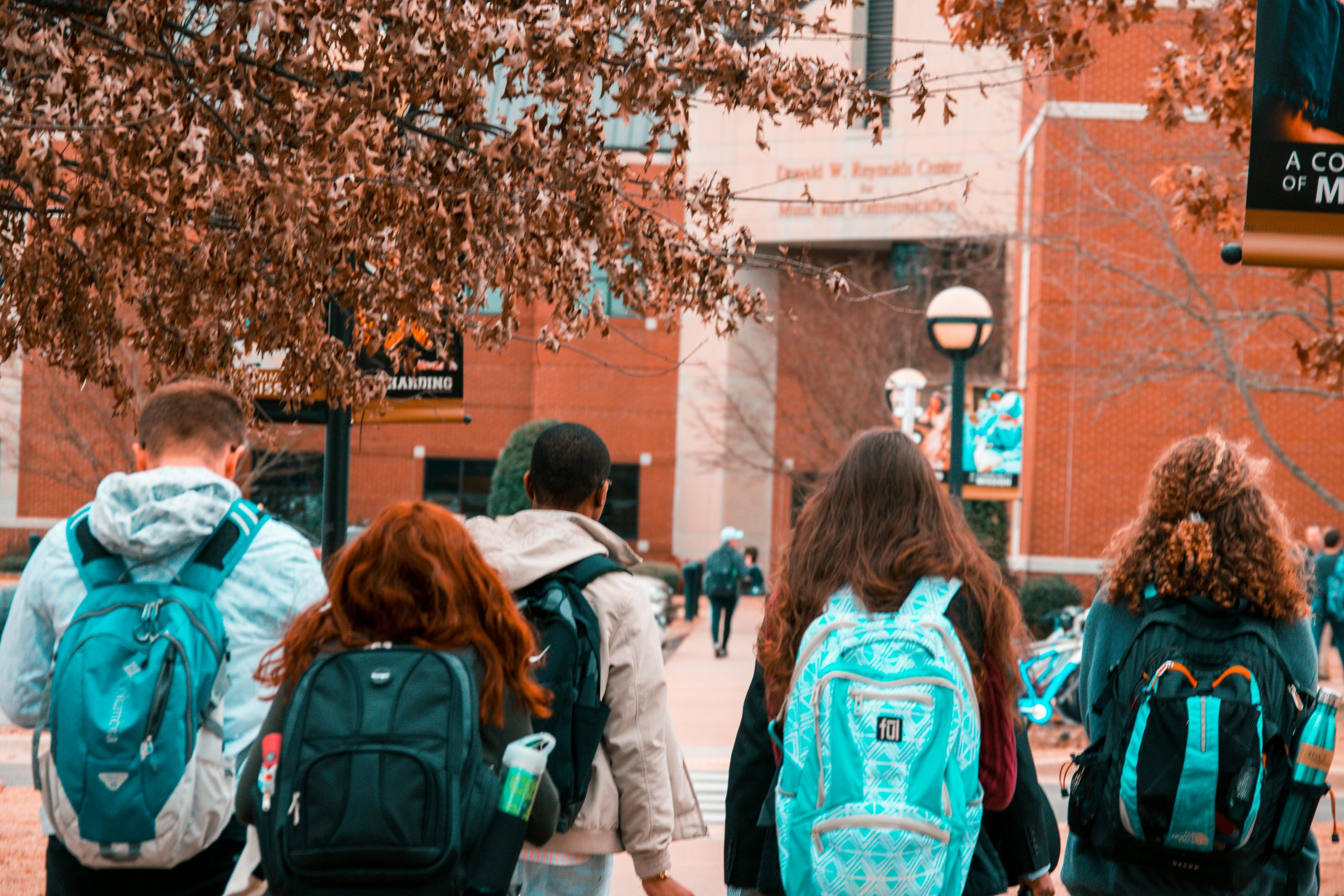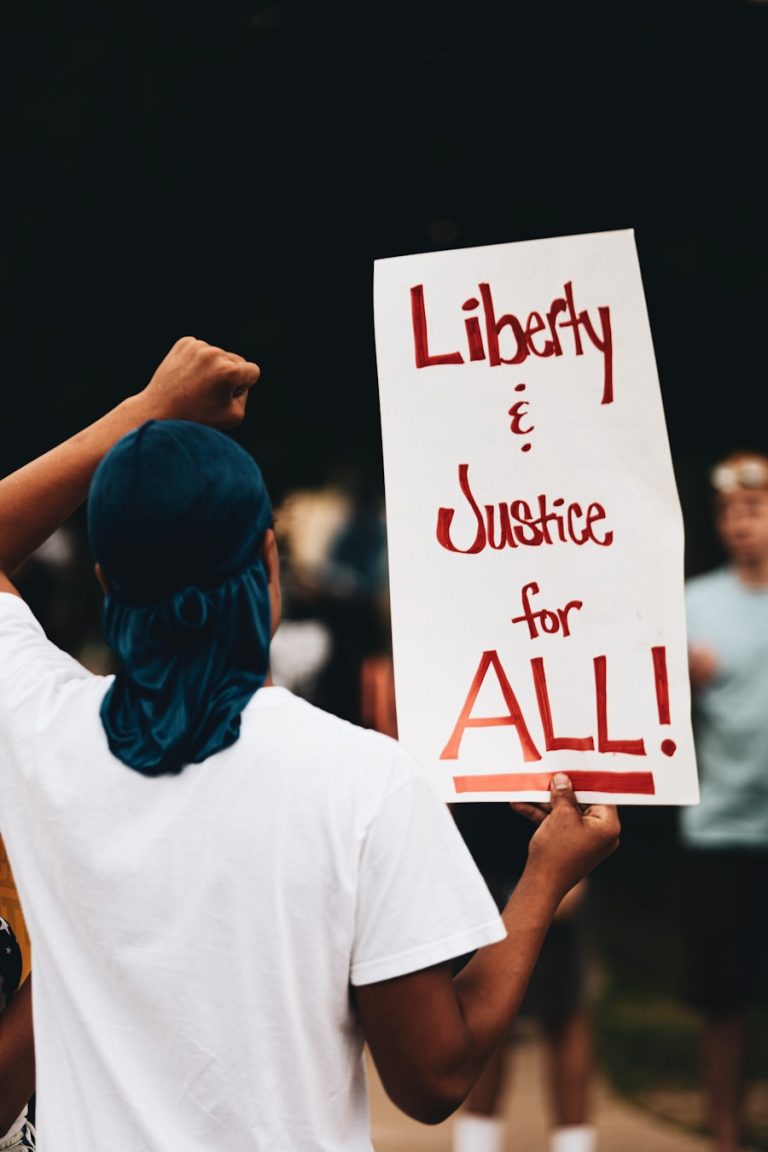
The pervasiveness of leftist ideology in American higher education has become a topic of increasing concern in recent years. From the use of trigger warnings to the stifling of free speech, many argue that left-wing activism has taken over campuses across the United States. While some view this as a necessary push against systemic oppression, others argue that it has created a hostile environment for those with differing viewpoints. In this blog post, we will explore the extent of leftist ideology in American higher education and its potential impact on academic freedom and intellectual diversity.
Through examining the historical context of leftist activism on college campuses, we will gain a deeper understanding of its origins and how it has evolved over time. We will also explore the role of social media and cancel culture in perpetuating left-wing ideology and silencing dissenting voices. Additionally, we will consider the impact of leftist ideology on academic disciplines such as history, sociology, and literature, and how it has influenced research agendas within these fields.
1. Major universities lean left
One of the key observations made in the study of leftist ideology pervasiveness in American higher education is that major universities tend to lean left. This means that the political views of many faculty members and administrators at these institutions are often aligned with the Democratic Party or other left-leaning political movements. Some studies have shown that the percentage of liberal-leaning faculty members at major universities can be as high as 90%, while conservative-leaning faculty members are often in the minority. This ideological imbalance can sometimes lead to a perceived bias in the classroom, with some students feeling that their conservative viewpoints are not adequately represented or respected. However, it is important to note that not all faculty members at major universities hold left-leaning views, and that students are often exposed to a diverse range of perspectives and ideas during their time on campus.
2. Liberal bias in academia
One of the most talked-about issues in American higher education today is the perceived liberal bias in academia. Many conservatives and right-leaning individuals believe that universities and colleges are dominated by leftist ideology, which can lead to a lack of intellectual diversity and bias in research and teaching. Some argue that the liberal bias in academia is so pervasive that it affects hiring decisions, promotions, funding, and curricula. While there is some evidence to support these claims, it is important to note that not all academics are liberal, and not all universities are dominated by leftist ideology. It is also important to recognize that academic freedom and the pursuit of knowledge are core values of higher education, and that diversity of thought and ideas should be encouraged and celebrated.
3. Political correctness on campus
The topic of political correctness on campus has been a point of debate in recent years, and it is a major aspect of the leftist ideology that pervades American higher education. The idea of political correctness emerged as a way to promote respect and sensitivity towards marginalized groups, but it has also been criticized for stifling free speech and promoting a culture of censorship. On many college campuses, students and faculty members are expected to adhere to certain language guidelines and avoid using terms or expressions that may be deemed offensive or exclusionary. While the intent behind this approach is to create a more inclusive and welcoming environment, it has also been criticized for promoting a culture of victimhood and stigmatizing individuals who express dissenting views. This debate continues to rage on, and it is likely to remain a hot button issue in the years to come.
4. Safe spaces and trigger warnings
One of the key components of leftist ideology that has pervaded American higher education is the concept of safe spaces and trigger warnings. Safe spaces are designated areas where students can gather without fear of harassment or discrimination based on their identity. Trigger warnings, on the other hand, are alerts given to students before potentially triggering content is presented in a lecture or reading material. The idea behind these concepts is to create an inclusive and supportive environment for all students. Proponents argue that these measures can help protect vulnerable students from emotional harm. However, critics argue that they stifle free speech and limit academic freedom. The debate surrounding safe spaces and trigger warnings continues to be a contentious issue in American higher education.
5. Diversity and inclusion initiatives
Diversity and inclusion initiatives have become increasingly prevalent in American higher education institutions. These initiatives aim to promote a more inclusive and diverse campus environment by increasing representation and opportunities for underrepresented groups, such as minorities, women, and members of the LGBTQ+ community. These efforts include diversity training for faculty and staff, scholarships and grants specifically for underrepresented students, and the establishment of multicultural centers and student organizations. While these initiatives have been praised for promoting diversity and reducing discrimination, some critics argue that they prioritize identity politics over merit-based admissions and academic achievement. Additionally, some have raised concerns about the potential for these initiatives to promote groupthink and limit free speech on campus. Nonetheless, diversity and inclusion initiatives remain a significant aspect of leftist ideology in American higher education.
6. Censorship of conservative views
One of the most common and concerning issues related to leftist ideology pervasiveness in American higher education is the censorship of conservative views. This phenomenon has been observed in many universities, where conservative students and faculty members are often silenced or punished for expressing their ideas and beliefs. The censorship of conservative views is often justified by claiming that they are offensive or harmful, but in reality, it is a clear violation of the principles of free speech and academic freedom. This kind of censorship creates an echo chamber in which only leftist ideas are allowed, leading to a lack of diverse perspectives and intellectual stagnation. It is important to address this issue and promote an open and inclusive environment that fosters healthy debate and dialogue, even when it involves controversial or unpopular opinions.
7. Activism among students and faculty
One of the most notable and prevalent characteristics of leftist ideology in American higher education is the activism among students and faculty. Activism can take many forms, including protests, rallies, sit-ins, and boycotts. It is often associated with social justice causes, such as racial and gender equality, LGBTQ+ rights, and environmentalism. Students and faculty members who are passionate about these causes often engage in activism on campus and beyond, using their voices and actions to promote change and raise awareness about social and political issues. While activism can be a positive force for social change, it can also lead to polarization and divisiveness, as well as a suppression of opposing viewpoints. As such, it is important for institutions of higher education to balance the promotion of activism with the principles of academic freedom and diversity of thought.
8. Impact on education and society
The pervasiveness of leftist ideology in American higher education has had a significant impact on both education and society. One effect is that it has led to a narrowing of intellectual diversity and a suppression of conservative viewpoints. This has created an echo chamber within academia, where students are often exposed only to ideas that align with leftist ideology. As a result, students are not exposed to a broad range of perspectives and may not develop the critical thinking skills necessary to understand and evaluate complex issues. Additionally, the dominance of leftist ideology in higher education has led to a politicization of academic disciplines, where academic research and scholarship are often judged based on whether they support or oppose leftist ideas. This has led to a devaluation of objective scholarship and a prioritization of political activism over academic rigor. Overall, the impact of leftist ideology in American higher education has had far-reaching consequences for both education and society.
In conclusion, the pervasiveness of leftist ideology in American higher education is a complex and multifaceted issue. While some may argue that it is a necessary step towards creating a more inclusive and diverse academic environment, others may view it as a form of indoctrination that stifles free thought and inquiry. Regardless of one’s position on the matter, it is clear that this topic will continue to be hotly debated in the years to come. As such, it is important for students, educators, and policymakers to engage in open and honest dialogue, and to strive for a system of higher education that is both intellectually rigorous and ideologically diverse.



